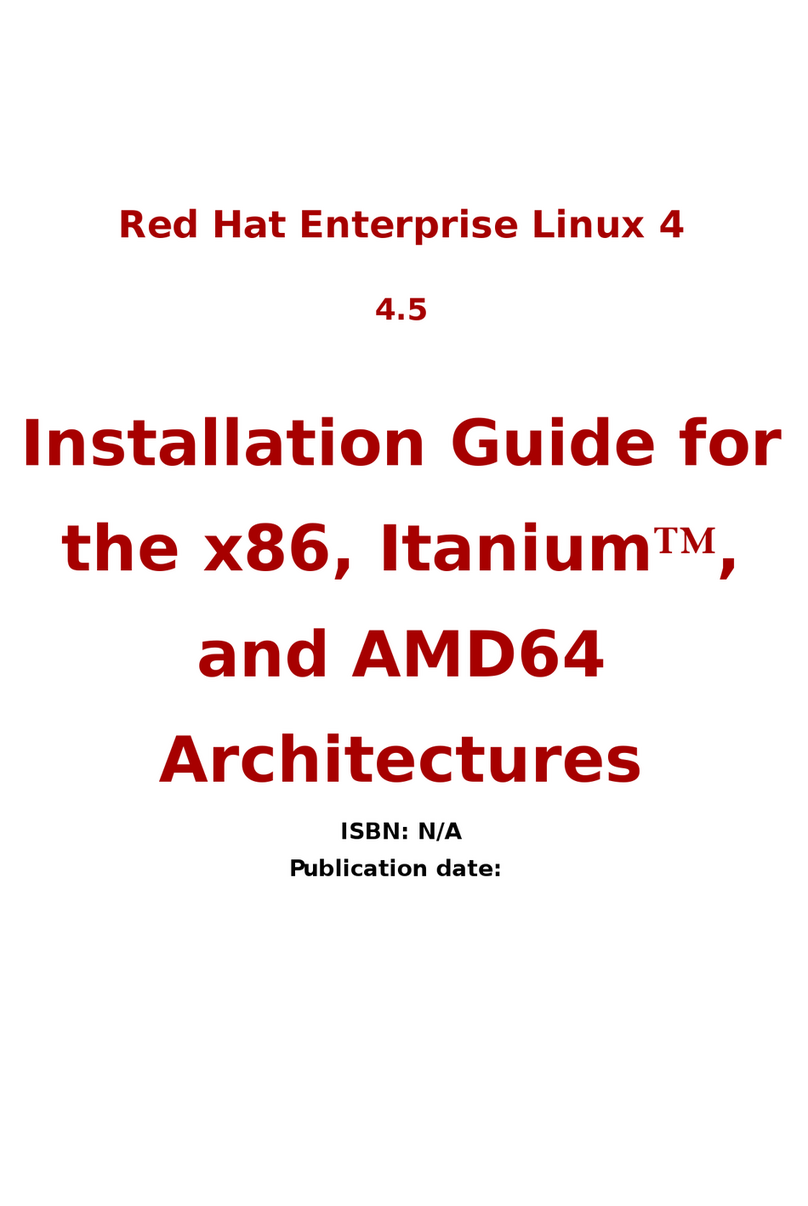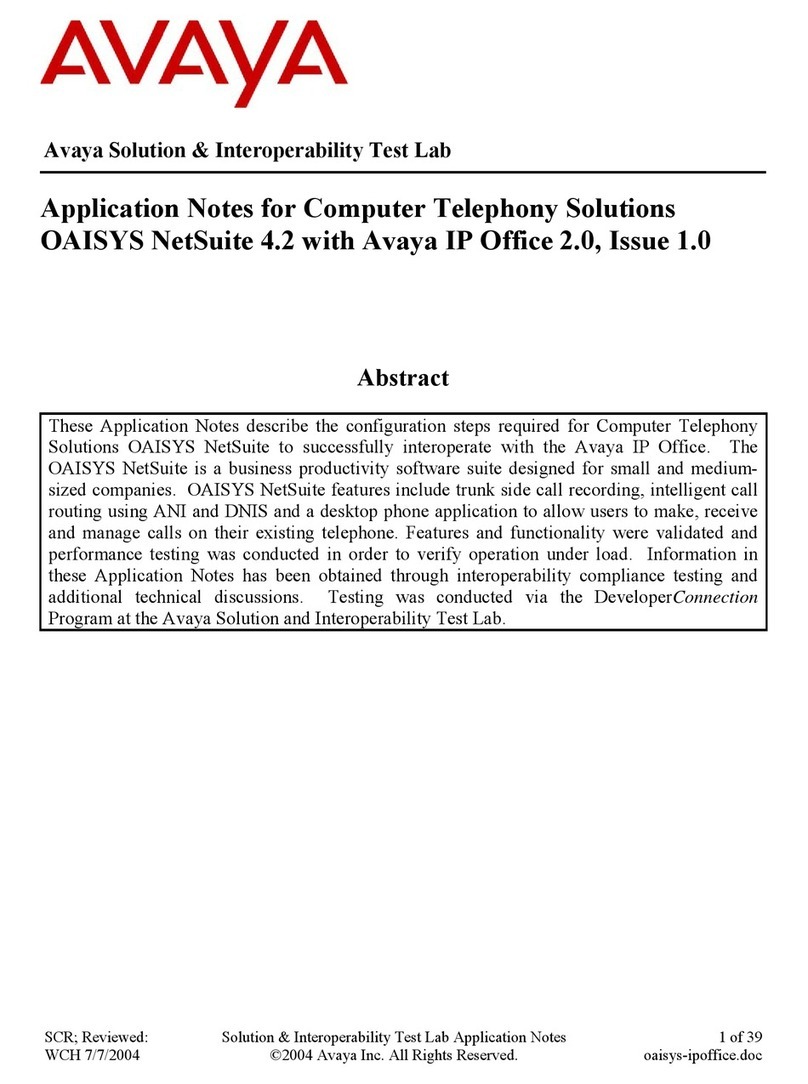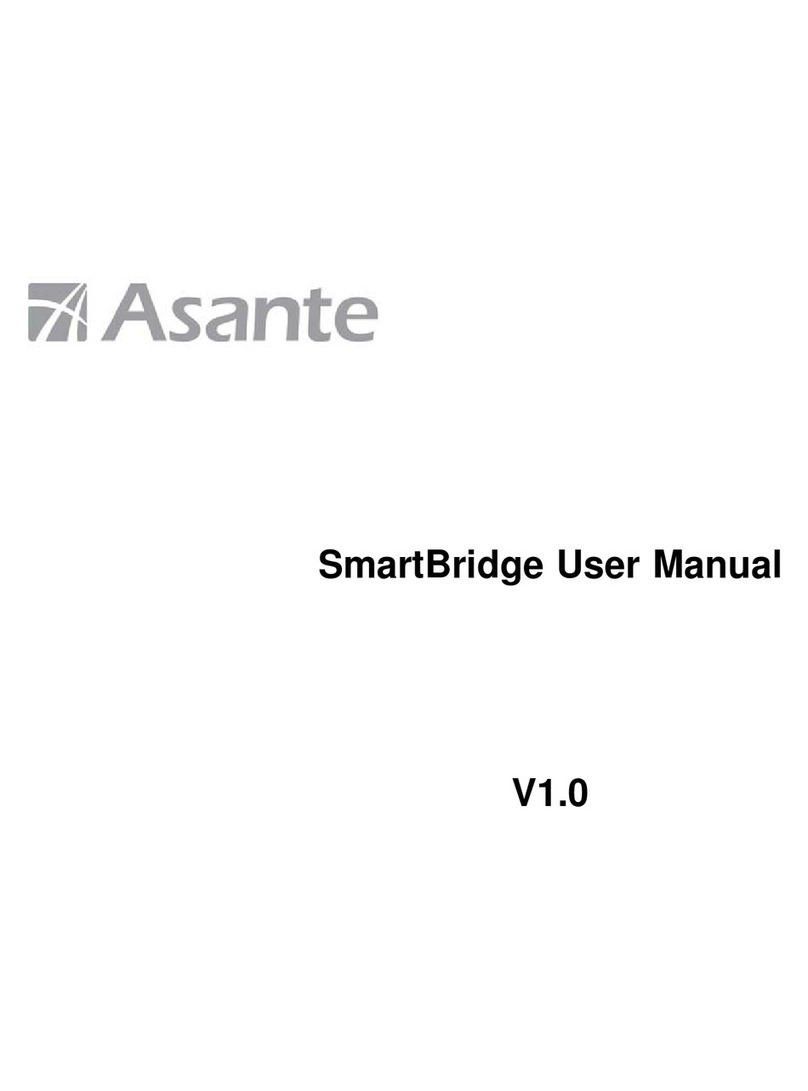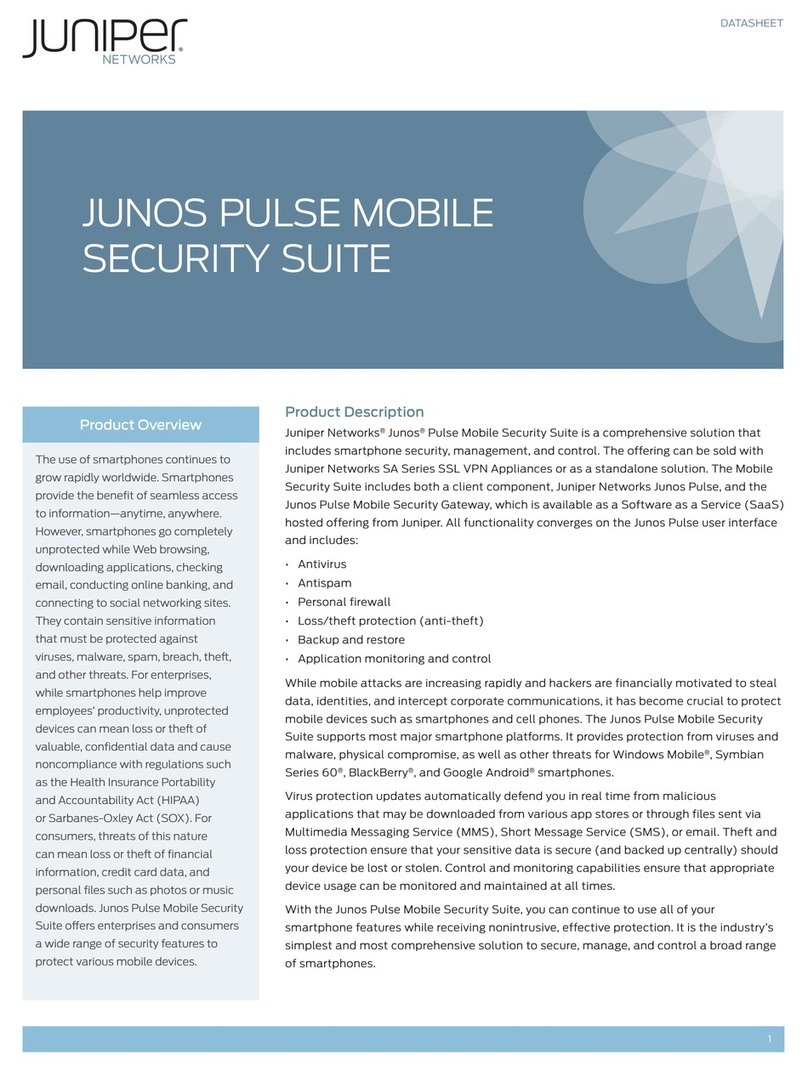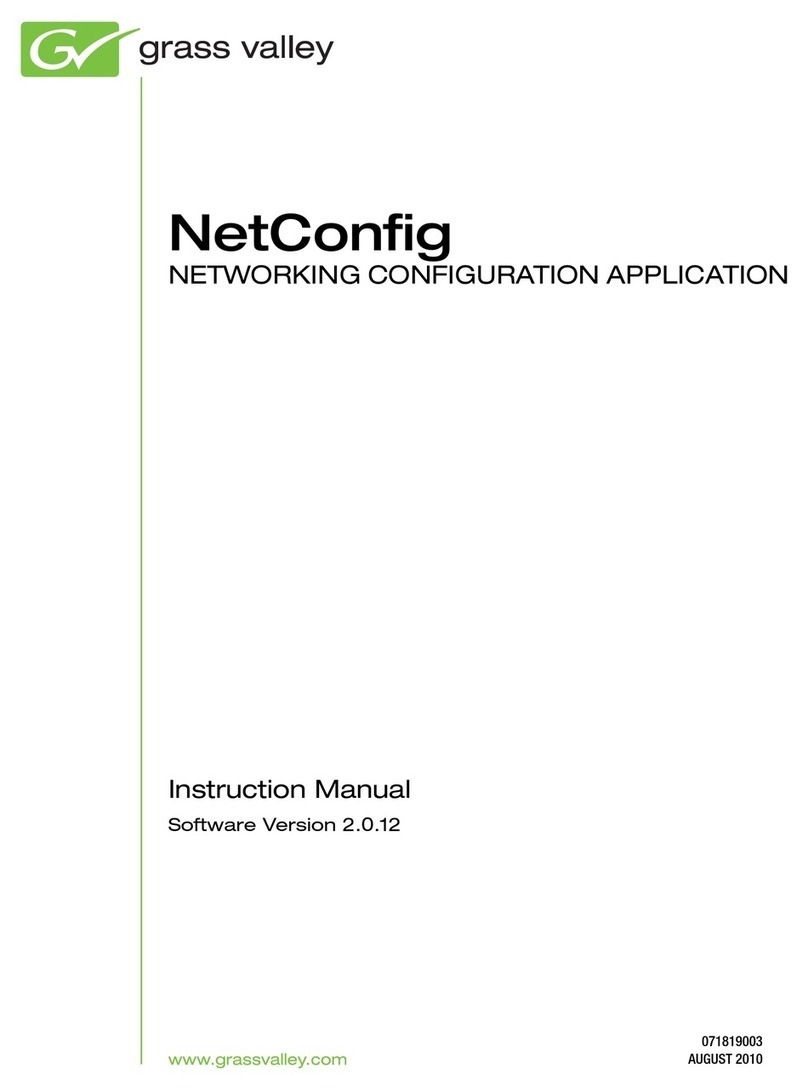
Wyse Customer Support
QSG - WSI 1.3.6 v3.doc Pager 2 of 15
TABLE OF CONTENTS
Summary.........................................................................................................................3
Audience.........................................................................................................................3
Affected Products............................................................................................................3
Requirements/Issues.......................................................................................................3
Procedure/Solution..........................................................................................................4
Wyse Simple Imager Installation on a Windows 2003 server..........................................4
WSI installation on a Windows XP Professional Machine...............................................7
Wyse Simple Imager Usage..........................................................................................10
Troubleshooting ............................................................................................................13
The thin client gives an “ARP Timeout” error when attempting to image it.............13
Getting “Incompatible Firmware” messages...........................................................13
The image was sent to the thin client but the device boots normally......................13
A DHCP server is not installed on my XP machine. Where can I get one?............13
Getting “Illegal TFTP operation” error messages on the thin client........................13
When attempting to image I get a message “Boot file not found”...........................13
Getting “File not found” error messages.................................................................14
Not getting an IP Address......................................................................................14
Getting the following Error: “Failure: Firmware is not compatible”..........................14
After re-imaging, the Thin Client reboots and starts the process again, and
becomes and endless loop. ...................................................................................14
Getting an error “PXE-E78” on the thin client and cannot re-image.......................15
When re-imaging a device, the thin client reboots as normal.................................15
I have a Viance Desktop device, what model should I pick?..................................15
I have one of the new R series devices, what model should I select?....................15
I have one of the larger laptops devices, what model should I select?...................15
I followed the instructions and I still can’t image the thin client. .............................15
